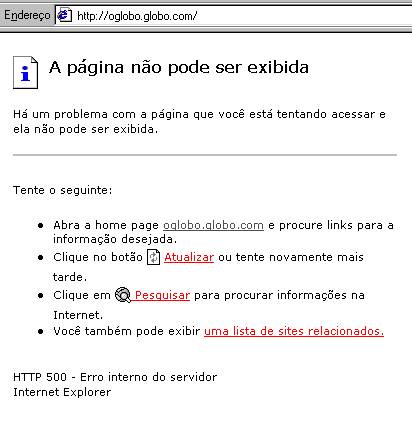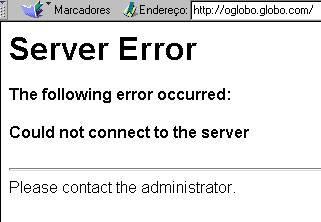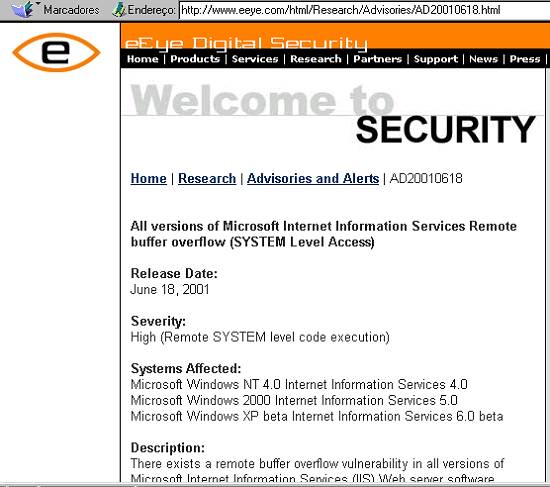The Discovery:
Riley Hassell was at it again one
day working to further advance eEye's CHAM (Common Hacking Attack Methods)
technology so that Retina could better search for unknown vulnerabilities
in software and so that SecureIIS could better protect from unknown IIS
vulnerabilities.
After a few hours of running some
custom CHAM auditing code one of our Web servers in our lab eventually
came to a halt as the IIS Web server process had suddenly died.
We investigated the vulnerability
further and found that the .ida ISAPI filter was susceptible to a typical
buffer overflow attack.
Example:
GET /NULL.ida?[buffer]=X HTTP/1.1
Host: werd
Where [buffer] is aprox. 240 bytes.
The Exploit, as taught by Ryan "Overflow
Ninja" Permeh:
This buffer overflows in a wide character
transformation operation. It takes the ASCII (1 byte per char) input buffer
and turns it into a wide char/unicode string (2 bytes per char) byte string.
For instance, a string like AAAA gets transformed into \0A\0A\0A\0A. In
this transformation, buffer lengths are not checked and this can be used
to cause EIP to be overwritten.
This sounds like any normal overflow
to date, however there are a few sticking points in doing anything useful
with this. First, you transform 2 bytes into 4, 2 of which you have no
control over. This would be a bad situation, but not impossible to exploit.
However, the 2 bytes that you do not have control over happen to be nulls.
Basically, we need to take this 2 byte string and somehow get it to point
to our code.
Traditionally, we use our overwritten
EIP to jump to a call esp, or jmp esp, jumping back to code we have positioned
on the stack to implement whatever it is our shellcode would like to do.
In this case, however, there is a problem.
GET /a.ida?[Ax240]=x HTTP/1.0
The above example overwrites EIP
with 0x00410041. Again, traditionally, we insert our shellcode in the same
buffer we overflow, however we run into the problem that then our code
would also face the same expansion that our EIP bytes face. This makes
writing shellcode a horrible pain. There are two methods of doing this:
1. custom shellcode: It might be
possible to write shellcode that works fine with NULL byes every other
byte. It would probably have to be very simple, but this could be possible.
2. encode: You could probably write
a decoder that takes a string of 0x0041 and rewrites it on the stack into
actual single byte code. This would have to be written completely in 0x00bb
opcodes, most likely a challenge in itself (similar to the above custom
shellcode, but only a decoder would need to be written).
This would, of course only be possible
if we could find a point in memory that we could reach using only 0x00aa00bb.
This gives us only about 65k spots in memory to look for jump bytes, a
pretty dismal situation.
Exploiting Wide Char Strings In Practice
We got lucky using this method.
We were basically limited to a very very small range of memory in which
to find jump bytes. We thought we were losing the battle until we realized
that IIS/ISAPI uses 0x00aabbcc as its memory range for allocated heap.
We developed a spray technique in an attempt to push enough data into the
heap so that the bytes we require will be there when we need to jump to
them.
For instance, in Windows 2000 Service
Pack 1, we noticed that we had request bytes at around 0x0042deaa. Since
the closest we could get to this was 0x00430001 (by overflowing with C%01
at the end of our overflow string. This offered us an intriguing possibility
-- perhaps we could push more stuff into a request, causing more heap memory
to be used, pushing our request closer to where we want to be.
GET /a.ida?[Cx240]=x HTTP/1.1
Host: the.victim.com
eEye: [Cx10,000][shellcode]
Now, we overflow the EIP with 0x00430043.
With our new much larger request, 0x00430043 happens to be inside the large
C buffer we setup. This acts as a slide in our code, executing down to
our shellcode.
The Warning
Now for the warning. With this technique
of forceful heap violation, everything is relative to what is there to
begin with. We noticed that in any situation, we found 4-5 different copies
of our requests in the 0x00aabbcc memory range. This means that perhaps
0x430043 is not the best spot in memory, however it is the one we chose
in our forthcoming sample exploit (the exploit we will provide only executes
file writing; we provided Microsoft with shell-binding code but will not
publicly release this code). The other potential problem with this attack
is that different systems may have different heap usages. In our internal
tests, we noticed that heap usage differed depending on which ISAPI extensions
were enabled at any time. Also, requests that cause faults handled by exception
handlers that do not free their heaps may cause certain parts of the heap
to become unusable, causing those spots to not be reused. This is not a
problem for Windows 2000 because it is nice enough to restart itself (giving
us a nice clean heap to work with). Windows XP appears to act similarly,
however we did not focus our research with this beta OS. This is, however,
potentially a problem with NT 4, which will crash if exploited incorrectly.
Again, like all other IIS overflows, this attack is not logged, causing
only a fault in IIS and crashing it.
All of the technical talk aside,
we do have working exploits for Windows NT 4.0 and Windows 2000 systems.
Proof-Of-Concept Exploit
We will be posting a proof-of-concept
(file writing) exploit to our Web site within the next few days.
The Fallout
According to Netcraft (www.netcraft.com),
there are roughly 5.9 Million Web servers running IIS; however, the true
number of IIS Web servers is much larger when you count internal network
servers. Any of these Web servers that have the default .ida ISAPI filter
installed are most likely vulnerable. |


